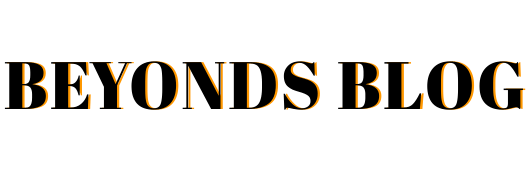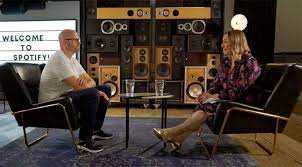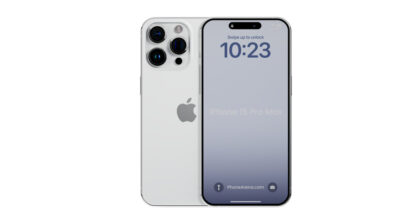In an era where technology continues to blur the boundaries of creativity, one artist has embarked on an unprecedented journey into the world of artificial intelligence to create a mesmerizing and ever-evolving masterpiece. Refik Anadol, the visionary artist behind the groundbreaking AI artwork installation “Unsupervised” at The Museum of Modern Art (MoMA), sat down with Fareed for an exclusive conversation alongside Michelle Kuo, MoMA’s Curator of Painting and Sculpture. They delved deep into the fusion of art and technology, shedding light on how Anadol harnessed AI to push the boundaries of artistic expression.
Refik Anadol’s ‘Unsupervised’ installation at MoMA stands as a testament to the limitless possibilities when art and AI collide. Drawing inspiration from the intersection of data and aesthetics, Anadol embarked on a journey to create a piece that challenges conventional notions of art and explores the very essence of creativity itself.
Anadol explained his fascination with AI, saying, “AI is like a collaborator who doesn’t have any preconceived notions of what art should be. It’s a tool that allows me to explore the vast reservoir of data generated by our world in a way that was previously unimaginable.” ‘Unsupervised’ relies on a neural network trained on a diverse range of data sources, from scientific experiments to historical archives, resulting in a continuous stream of ever-evolving digital art.
The conversation between Fareed, Anadol, and Kuo highlighted the symbiotic relationship between technology and art. Anadol’s work exemplifies the idea that AI can serve as an extension of human creativity, enabling artists to tap into reservoirs of information and produce novel and thought-provoking pieces.
Michelle Kuo, who curated the ‘Unsupervised’ exhibit at MoMA, emphasized the importance of showcasing such boundary-pushing works in prestigious institutions like MoMA. “Art has always been a reflection of the times we live in, and today, technology is an integral part of our lives. Anadol’s work challenges us to think about the implications of AI on the art world and beyond,” said Kuo.
The ‘Unsupervised’ installation at MoMA captivates viewers with its dynamic, ever-changing visuals. Visitors are greeted by a sprawling digital canvas that evolves in real-time, responding to the world’s continuous data flow. As viewers engage with the artwork, they become part of the creative process, contributing to the data that fuels the AI’s generation of new visuals.
During the conversation, Anadol discussed the collaborative nature of his work with AI, emphasizing that the artwork’s creation is an ongoing dialogue between man and machine. “I provide the AI with the tools and the data, and it responds with its own unique creations. It’s a co-creative process that challenges the traditional role of the artist,” Anadol explained.
The ‘Unsupervised’ installation is not only a testament to the power of AI in the world of art but also an exploration of the role of technology in shaping our perceptions of beauty, creativity, and expression. As AI continues to evolve and integrate into various aspects of our lives, it raises questions about how we define art and creativity in the 21st century.
In conclusion, Refik Anadol’s ‘Unsupervised’ at MoMA represents a bold step into the future of art. By harnessing the creative potential of AI, Anadol has opened up new avenues for artistic expression and challenged us to rethink our understanding of the artist’s role. As technology continues to advance, it is artists like Anadol who remind us that the boundaries of art are as limitless as the human imagination.








Customer Reviews
Thanks for submitting your comment!